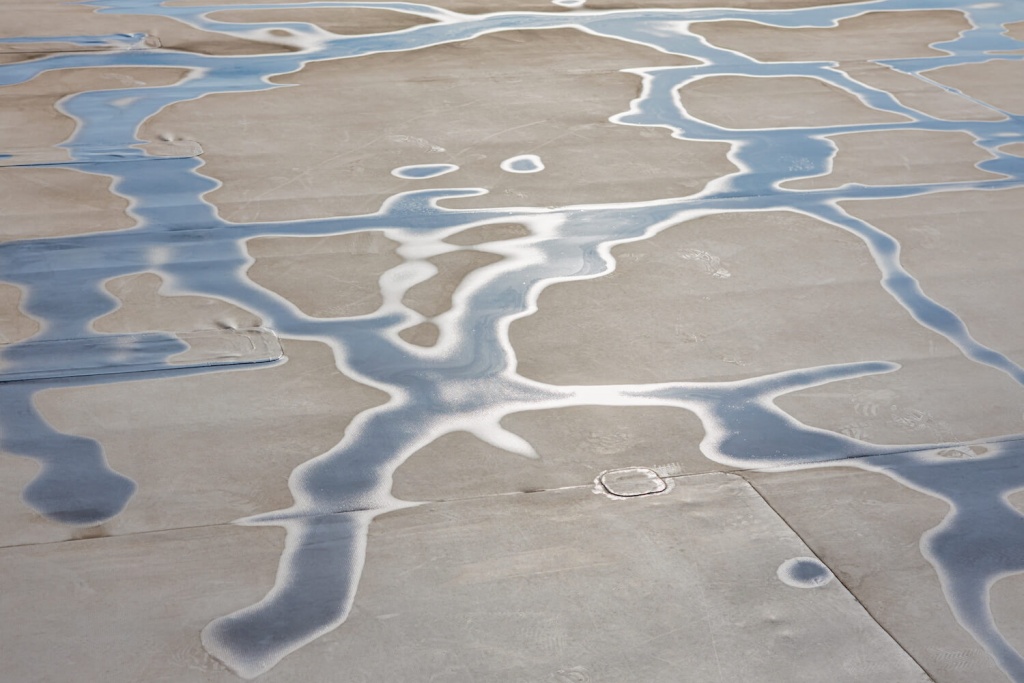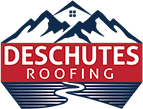Commercial buildings, like residential ones, experience natural wear and tear. That’s why it’s crucial to inspect your roof frequently for signs of damage or leaks. In some cases, old roofs are just fine and don’t require repairs or additional maintenance. However, in other cases — such as when the leaks are caused by underlying structural issues previously masked by surface damage — those small leaks can grow into much larger problems.
In this article, we explore some of the most common causes of commercial roof leaks in Eugene, Oregon, so that you can detect any problems with your commercial roofing quickly and easily:

Damaged flashing
Flashing is the metal mesh that covers the joint between the roofing materials and the roof deck. The flashing protects the roof deck and the underlying structure from the elements. Over time, flashing can become damaged in several ways. One example is if the flashing has become loose or if the metal has become rusted. In that case, it no longer provides protection. It can also warp over time as a result of fluctuations in temperature.
Missing or broken shingles
A missing or broken shingle can sometimes be a sign that there is a bigger problem with your roof. For example, this could mean that your shingles have become more fragile over time, or it could be a sign that your roof has started to rot. When a shingle breaks, there is less protection from water in that area, so rainwater can run through it and into your walls, windows, and even flooring, causing damage and wear and tear to your property. To fix this, you may need to contact a roofer for commercial roof repair, especially if a more significant underlying issue needs to be fixed instead of just one broken or missing shingle.
Leaks caused by poor ventilation
It’s essential to ensure that your roof vents are correctly installed and functioning. If the vents have cracks or aren’t sealed properly, the roof will not be able to shed water. Good roof ventilation is vital as it prevents moisture from accumulating in your loft space by allowing warm air and gases inside your home to escape. If they cannot do this, they will create excess moisture, leading to mold and leakages.
Leaks caused by ice accumulation and freezing rain
Ice dams, which form in the cold at the roof’s edge, can lead to leaks. As the name suggests, this is because they act as a dam for running water, stopping it from running off the roof and causing it to collect on top. Ice and water accumulating on a roof and freezing can cause structural damage or cause large, catastrophic roof leaks. This can be particularly bad for commercial roofing in Eugene, Oregon, with extreme weather, such as ice storms, becoming much more common in Oregon over time.
Existing Structural Damage
In some cases, leaks are caused by structural damage that has occurred in the past. For example, an old damaged roof rafter or a damaged foundation may result in a leak. At the same time, the age of a building can also have an impact on the roof, as older buildings are subject to the elements for longer, leading to the material degrading and becoming less waterproof and protective.
Conclusion
With so many potential causes of leaks, it can be overwhelming to pinpoint the problem’s source.
While you can find many common issues highlighted above, there are various other reasons why your commercial roof may leak. To find those problems, hire a roofer specializing in roof inspections and roof leak repair.










